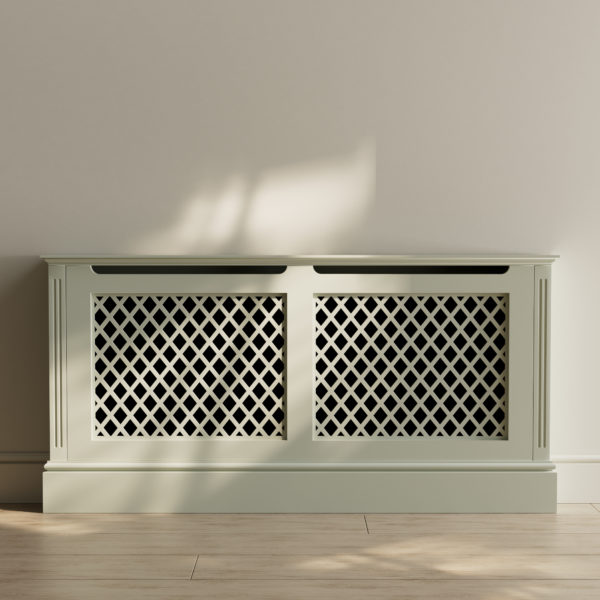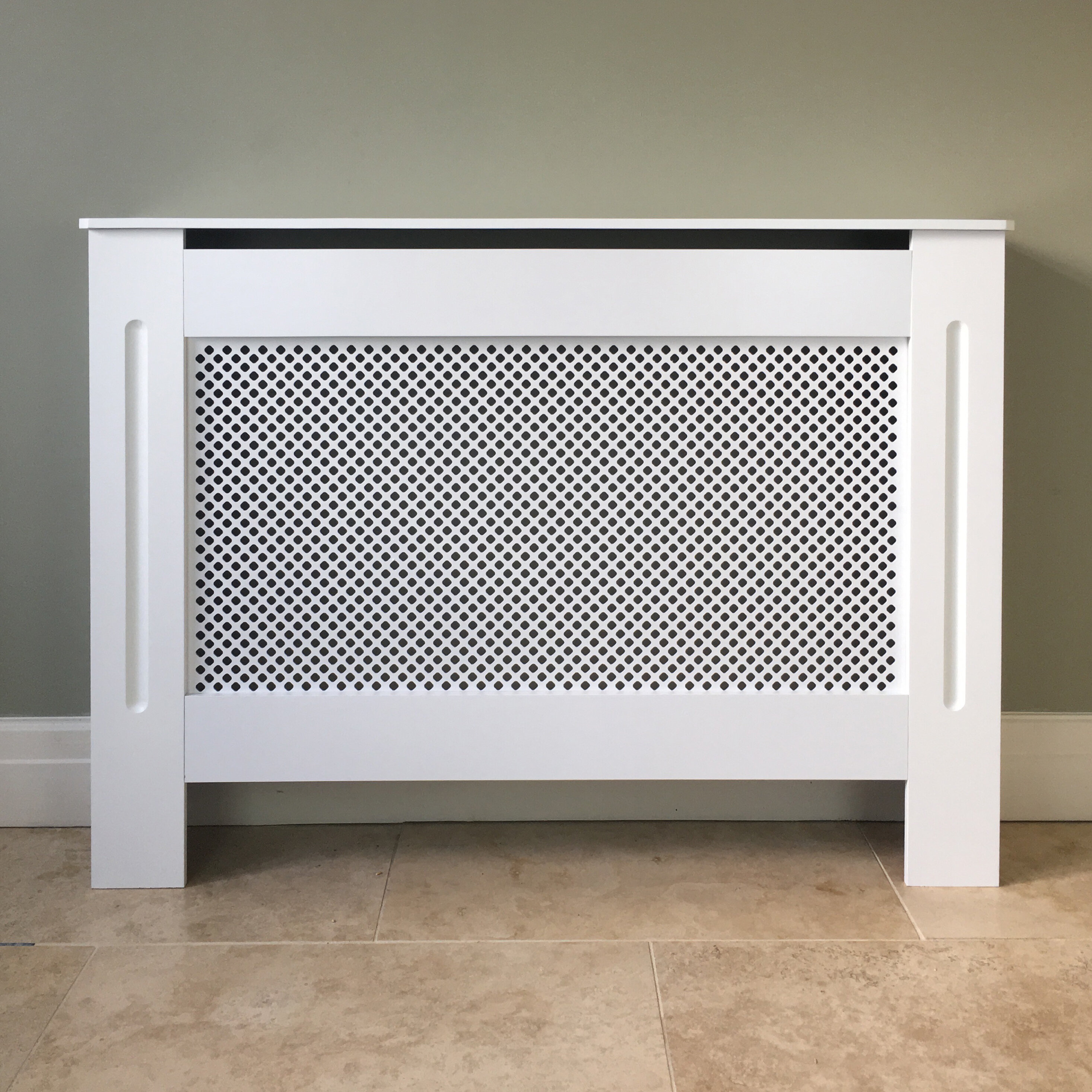DIY Tips for Installing a Radiator Cover with Ease
DIY Tips for Installing a Radiator Cover with Ease
Blog Article
Radiator Covers: Understanding Materials, Designs, and Advantages
Radiator covers offer both useful and visual functions within a home, providing a variety of materials such as mdf, hardwood, and steel to suit various design preferences. As styles evolveâEUR" from traditional to contemporaryâEUR" these covers not just enhance the aesthetic appeal of a space but likewise add to security and power effectiveness. Nonetheless, selecting the appropriate radiator cover entails recognizing the subtleties of materials, designs, and their connected benefits. This exploration increases essential questions concerning just how these components incorporate right into your living setting and what factors to consider must assist your choice process.
Kinds of Materials


Wooden covers, often crafted from woods such as oak or maple, offer a timeless, cozy look that complements traditional insides. Their longevity and ability to be tarnished or repainted add to their convenience. Steel covers, commonly made from steel or light weight aluminum, are preferred for their toughness and modern look, commonly featuring sleek lines that boost modern spaces.
MDF, a produced timber product, is popular for its cost-effectiveness and simplicity of modification. It can be painted or completed to match existing decoration while offering a smooth surface. Plastic covers, while less typical, are light-weight and immune to wetness, making them appropriate for moist environments.
Eventually, the option of product for a radiator cover should line up with the house owner's design preferences, practical requirements, and the specific atmosphere where the cover will certainly be mounted. Each product supplies a distinct character, making certain that there is an option to suit every taste and setting.
Popular Design Styles
Emphasizing aesthetic charm, prominent style styles for radiator covers mirror a range of tastes and interior decoration patterns. Typical layouts usually include detailed woodwork and luxuriant describing, making them appropriate for timeless or vintage-inspired insides. These covers normally include sculpted aspects, providing a warm and inviting feel to any area.
On the other hand, modern layouts concentrate on minimal visual appeals, characterized by clean lines and underrated style. Products such as steel or smooth wood with a smooth coating are generally made use of, enabling these covers to blend perfectly into modern-day rooms. Industrial designs, on the various other hand, welcome raw products like subjected metal and concrete, adding a bold statement to loft space or city settings.
For those seeking an one-of-a-kind touch, bespoke layouts provide customization choices that satisfy private choices, allowing home owners to choose shades, patterns, and materials that match their decor. Furthermore, farmhouse-style covers incorporate rustic elements, featuring troubled wood and basic kinds that evoke a relaxing, country charm.
Advantages of Radiator Covers
Radiator covers not only boost the aesthetic charm of an area but likewise supply several functional advantages that make them a worthwhile addition to any kind of home. Among find more information the primary benefits is safety, especially in houses with family pets or youngsters. Covers minimize the threat of burns from warm radiator surfaces, making sure a more secure environment.
Additionally, radiator covers can enhance power performance. By routing heat right into the area rather than allowing it to get away, they aid maintain a consistent temperature, reducing home heating expenses over time. This is especially valuable in older homes where radiator systems may be less efficient.
One more noteworthy benefit is noise reduction. Radiators can in some cases create unwanted sounds during operation, and covers can help smother these sounds, adding to an extra calm home. In addition, radiator covers can be useful, giving added storage space or screen space, thereby taking full advantage of the utility of often-overlooked areas.
Lastly, they can shield radiators from dirt and debris, which can hinder performance and boost maintenance requirements. With these incorporated benefits, radiator covers become a sensible option for improving both the functionality and design of any type of home environment.
Setup Considerations
Mounting radiator covers needs careful factor to consider to guarantee both functionality and safety and security (Radiator cover). Assess the measurements of your radiator and the surrounding space to make sure a proper fit. Exact measurements are crucial; an uncomfortable cover can obstruct warm flow or produce safety dangers
Next, examine the material of the cover. While wood supplies visual allure, metal alternatives may supply better durability and warm resistance. Take into consideration the weight of the cover also; heavier covers might require added support or supports to avoid drooping or damage with time.
Ventilation is an additional crucial facet. Covers must feature adequate air movement to stop getting too hot and preserve efficient heating. Look for layouts with slats or perforations that allow warmth to distribute without obstruction.
In addition, make certain that the cover is safely placed to stop mishaps, especially in homes with animals or youngsters. Radiator cover. It's recommended to adhere to the producer's installation guidelines closely and, if required, get in touch with a professional for complex installations
Maintenance and Care Tips
Appropriate upkeep of radiator covers is vital for ensuring their longevity and ideal performance. For painted or wood covers, think about an ideal polish or protective layer to keep their look.
Inspect the covers regularly navigate here for indicators of find this wear or damages, such as splits or peeling paint. Attending to these concerns without delay can protect against additional damage. Ensure that the covers are firmly fastened and check for any kind of loose screws or installations, as vibrations from the radiator can loosen them with time.
In chillier months, avoid putting heavy items or decorative things on top of the radiator covers, as this can restrain heat circulation and trigger unneeded stress and anxiety to the structure. Last but not least, think about seasonal upkeep by eliminating the covers for comprehensive cleansing and inspection throughout warmer months when the heating system is non-active. Taking on these simple care pointers will certainly improve the efficiency and visual appeal of your radiator covers, guaranteeing they offer their purpose efficiently for several years to come.

Conclusion
In recap, radiator covers work as functional and visual enhancements to residential rooms. The diverse variety of materials, consisting of woods, plastic, steel, and mdf, permits placement with different design styles such as typical, contemporary, commercial, and farmhouse. The benefits of these covers expand beyond safety and security and energy performance to include added storage and dirt protection. Mindful consideration of installment and maintenance more guarantees the long life and effectiveness of radiator covers in any kind of home environment.
Radiator covers serve both aesthetic and practical objectives within a home, providing an array of materials such as hardwood, steel, and MDF to match various layout preferences. Picking the right radiator cover includes recognizing the subtleties of products, layouts, and their connected advantages.Stressing aesthetic allure, popular style styles for radiator covers mirror a variety of preferences and indoor design patterns.Radiator covers not just enhance the visual allure of an area but likewise use numerous practical benefits that make them a rewarding addition to any type of home. Consider the weight of the cover as well; larger covers might require additional support or supports to stay clear of drooping or damage over time.
Report this page